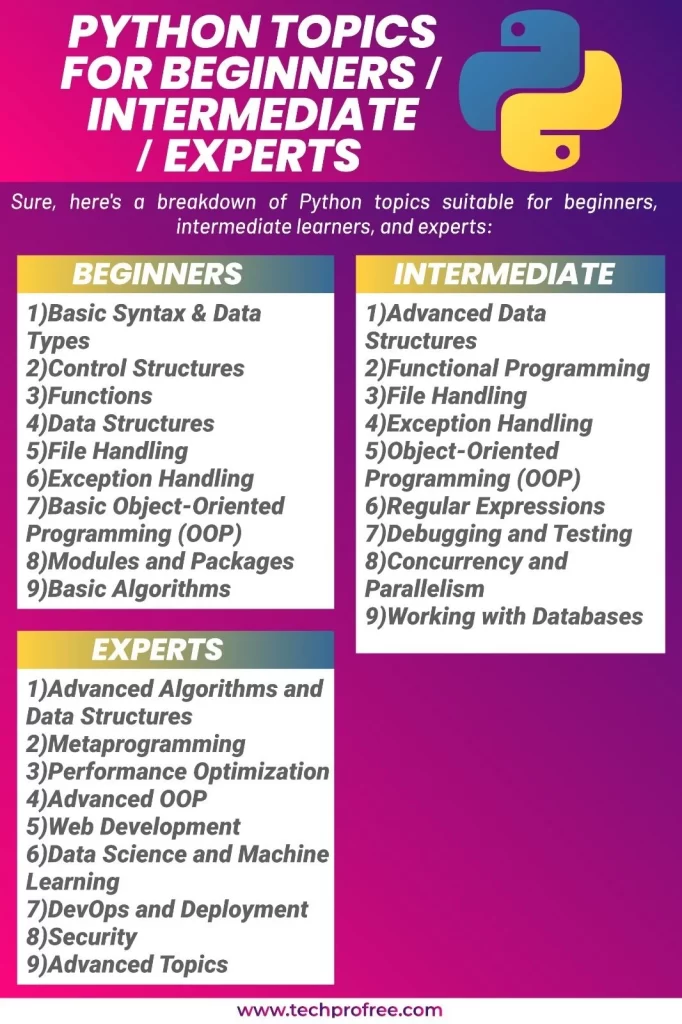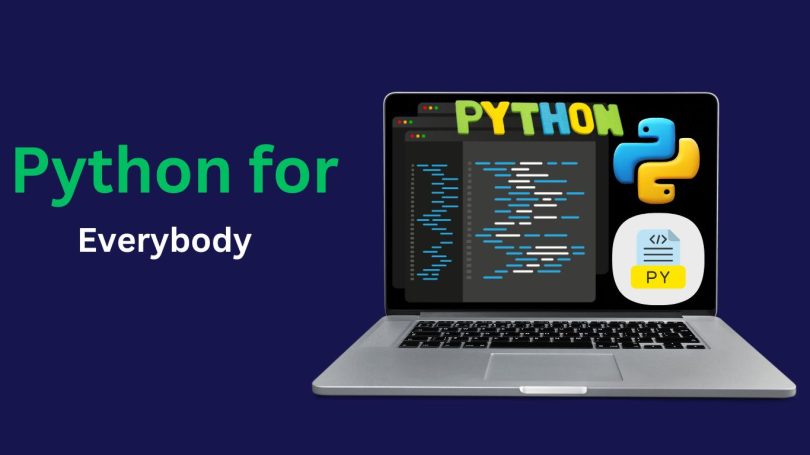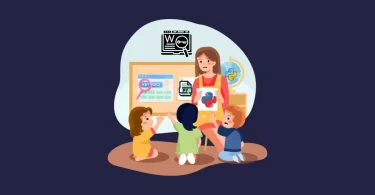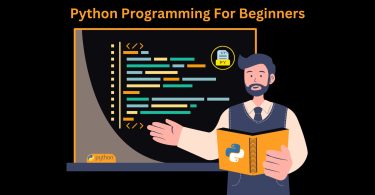Download Python for everybody from Basic to Advance Complete PDF Course with Code examples . Python is well known programming language in current era. Programs can be developed for many objectives, such as securing employment, assisting others in resolving complex data analysis problems, or simply for recreational purposes. These notes assume that everyone should be able to program and that, after learning the basics, you’ll know what you’d like to achieve with your newfound abilities. In our everyday existence, computers of various types, ranging from laptops to cell phones, pervade our surroundings. These computing devices can be likened to our “personal assistants,” undertaking a diverse array of tasks on our behalf. Our modern computers’ hardware is fundamentally designed to ask us questions all the time.
Thus far, we have been going through files, identifying patterns and pulling out different lines that catch our attention. To extract sections of the data, we have been utilizing lists & string slicing together with string operations like split and search. Because searching and extracting are such typical activities, Python’s regular expressions module, which is incredibly powerful, can handle many of these duties quite neatly. The reason regular expressions haven’t been covered earlier in the notes was that, despite their great strength, their syntax can be a little tricky to understand. For string searching and processing, regular expressions are practically a little computer language unto themselves.
why Python is important
In situations where your application needs to make numerous small, random updates inside a large data set, as your data is too large to fit in a dictionary so you must look up information repeatedly, or when you operate a long-running process and you desire to be able to stop and start over and retain information from one run to the next, then using a database could prove quite useful. However, writing the code to use a database to store data is more complicated than using Python dictionary databases or flat files.

Python For Everyone PDF Course Outline
Variables, Expression and Statements
Logical foundations of programming, that is primarily data storage and manipulation as well as control flow mechanisms.
Conditional Execution
Adding decision-making processes to the programs, allowing for dynamic execution paths depending on specified conditions.
Functions
Reusable modules of code that provide reuse and abstraction, improving program readability and maintainability.
Iteration
Methods of repeated execution for code blocks that are essential in data set processing and algorithm implementation.
Strings
Operations on textual data, including joining strings together; slicing and formatting.
Files
Performing input and output operations with external files, allowing the storage of data beyond program execution.
Lists
Arrays of elements, allowing for flexible data storage and processing.
Dictionaries
Key-value pairs allow quick data lookup and structuring, vital for establishing relationships between entities.
Tuples
Data structures that are immutable, which means they cannot change and represent a fixed sequence of elements. It gives integrity to data handling by ensuring the security.
Regular Expression
Models for pattern syntax and manipulation, enabling complex string processing.
Networked Programs
Designing the applications to assist communication and interaction in networked settings.
Using Web Services
Web based functionalities integrated into applications, APIs used for various functions.
Object-Oriented Programs
Design and development of software systems that reflect encapsulation, inheritance and polymorphism.
Using Databases and SQL
Data storage, retrieval and manipulation through structured query language (SQL) using relational databases.
Visualizing Data
Presentations and interpretation of data through pictorial representations which increase understanding and analysis abilities.
The learning of Python gives a way to the world where one can create and solve problems. From developing skills that can catapult a person’s career to solving data analysis issues, the opportunities are limitless. These notes assumed that everyone can code and now, with your new skills, you can pursue individual programming objectives.
|
Download Complete Python Course |




Leave a Comment